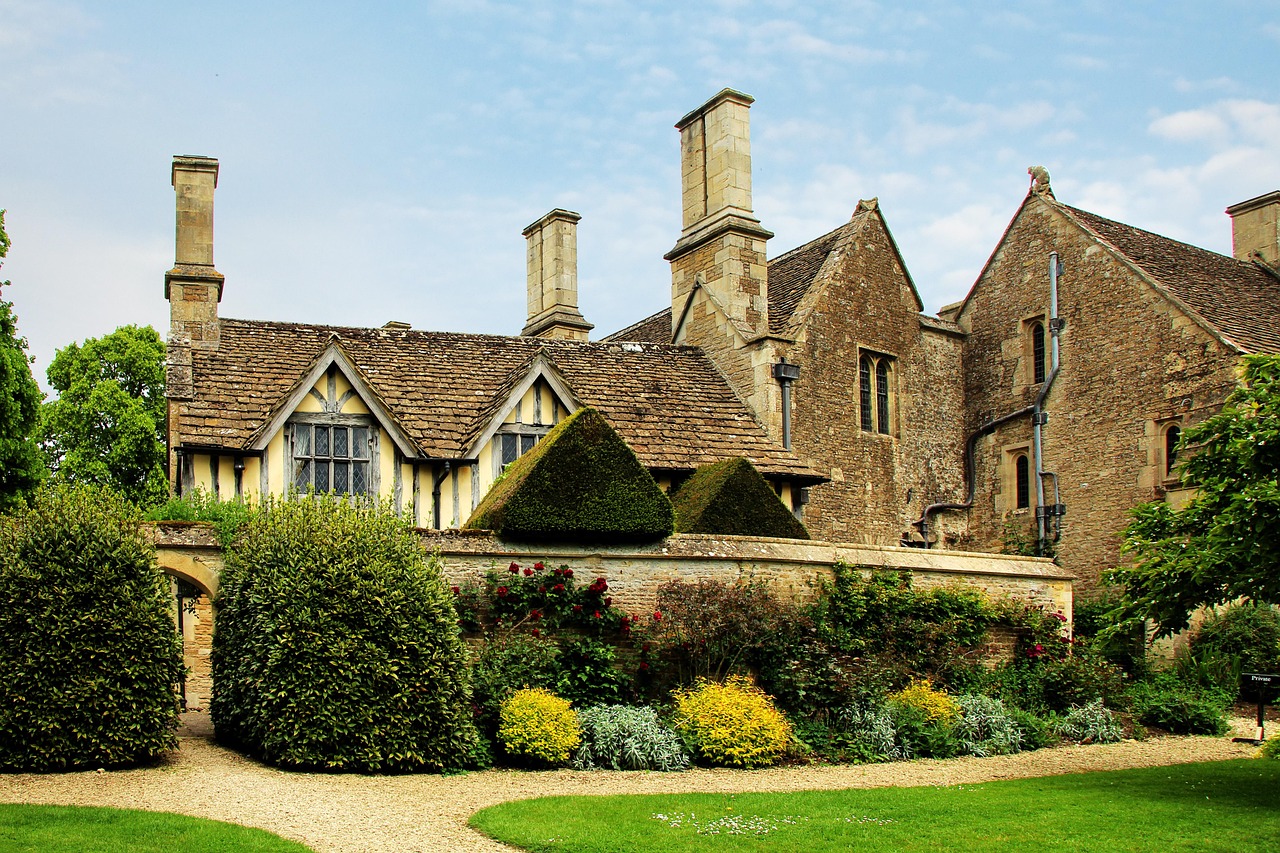How to create real estate developments that foster a sense of community and social connection among residents?

Real estate developers have a golden opportunity to not only build physical structures but also to cultivate strong communities within their residential spaces. The idea is to create developments that foster a sense of community and social connection among the residents. This generates a positive living environment, strengthens local networks, and can even enhance the appeal of the property. In this article, we will delve deeper into how such communities can be encouraged within real estate developments.
Building Design that Encourages Interaction
The first step in creating a sense of community is ensuring that the design of the residential space encourages interaction. The design of the building plays a crucial role in shaping the social dynamics among residents.
Lire également : How to effectively manage and mitigate the risks associated with real estate development in seismic zones?
Spaces for community gatherings, such as communal kitchens, rooftops or courtyards, can serve as excellent venues for residents to connect and interact more naturally. Even the layout of individual units can be designed in a way to inspire a more communal living. For instance, rather than isolating each unit, consider designs that open up towards common areas.
Architects and designers should focus on creating areas that bring people together. Shared amenities like swimming pools, gymnasiums, playgrounds, and lounges can serve as social hotspots, igniting conversations and relationships among residents.
A voir aussi : What are the innovative financing solutions for real estate developers in emerging markets?
Developing Local Engagement through Social Events
Social events are a great avenue to foster connection and a sense of community among residents of a housing development. Regularly organizing these events can create a lively neighborhood culture, encouraging residents to engage with each other and develop stronger bonds.
Community events such as holiday parties, cultural celebrations, sports tournaments, and family-dining nights can bring people together. In addition to these, workshops or training sessions on topics of common interest can also be organized.
These events not only provide an opportunity for residents to engage with each other on a personal level but also create shared memories to strengthen their community feeling. Remember, the goal here is not just to organize events but to ignite a sense of belonging among the residents.
The Role of Public Spaces in Building Community
Public spaces within a housing development can greatly contribute to fostering a sense of community among residents. These spaces provide the residents with a place to interact, relax, and engage with their neighbors, thereby helping to build a strong community.
Including parks, green spaces, or even walking trails in a housing development can encourage residents to spend time outdoors and interact with their neighbors. These spaces can also serve as venues for community events, further enhancing social connections.
Additionally, these spaces can also provide health and wellness benefits to the residents. Access to green spaces has been shown to improve mental health, reduce stress, and promote physical activity.
Affordable Housing and Income Diversity
Another essential aspect to consider while developing real estate is to ensure the availability of affordable housing options within the development. Housing developments that offer a mix of income levels can contribute to a diverse, dynamic, and inclusive community.
Affordable housing encourages economic diversity, which is beneficial for the community as it brings together people from varied backgrounds and experiences. This diversity can lead to a vibrant and inclusive community, which can further enhance the appeal of the development.
Promoting Social Connection through Digital Platforms
In this digital age, online platforms can be effectively used to foster social connections among residents. A dedicated online community for the residents can serve as a virtual meeting space, where they can interact, exchange information, and organize events.
Such platforms can be especially useful in large housing developments, where face-to-face interaction among all residents may not always be possible. An online forum can help residents stay connected, share tips or advice, and even collaborate on community projects or events.
In conclusion, creating real estate developments that foster a sense of community and social connection among residents require thoughtful planning and implementation. By considering the design of the building, organizing social events, creating public spaces, providing affordable housing, and leveraging digital platforms, developers can successfully create a strong sense of community among residents. Not only does this create a positive living environment for the residents but it also enhances the appeal and value of the development.
Integrating Community Engagement in Decision Making
A key aspect to fostering a strong sense of community within a housing development is to incorporate the residents’ perspectives in decision making processes. This involves soliciting input from community members on various aspects ranging from design considerations to the organization of community events.
Empowering residents with a voice in decision making can promote a sense of ownership and attachment to the development. Holding focus group discussions, surveys, or town hall meetings can be effective ways to gather residents’ opinions and suggestions. This form of interaction also provides an excellent platform for residents to connect, thereby enhancing community engagement.
In the case of urban planning, this might mean including residents in the design process of communal spaces, determining the types of amenities to be provided, or deciding on social activities to be organized. Similarly, housing operators could involve residents in the management of community platforms or the conduction of community events.
Incorporating residents’ perspectives not only results in a development that caters to the needs and wants of the residents but also fosters a sense of community as residents feel valued and involved. This kind of participative approach to development can greatly enhance the quality of life for residents and create a vibrant, connected community within the development.
Encouraging Smart Growth through Quality Housing
Providing quality housing that caters to the needs of all residents is a fundamental aspect of creating a strong sense of community. Housing should be seen as more than just a shelter but as a space that contributes to the residents’ overall well-being.
Implementing smart growth strategies can help create developments that are sustainable, livable, and encourage social connection. This includes creating walkable neighborhoods, providing a variety of housing options to cater to diverse needs, creating attractive community spaces, and promoting a strong sense of place.
For instance, multi-unit developments could include a mix of apartments, townhouses, and single-family homes to cater to different household sizes and income levels. This diversity in housing options can cater to a broader range of residents, including families, singles, and senior citizens.
Moreover, offering affordable housing options within the development can ensure the inclusion of low-income families, thereby promoting economic diversity and social inclusion.
Promoting smart growth through quality housing not only enriches the lives of the residents but also contributes to creating more resilient, sustainable, and connected communities.
Conclusion
Creating real estate developments that foster a strong sense of community involves much more than just constructing buildings. It entails careful planning and thoughtful design that encourages social connection, promotes community engagement, and caters to the diverse needs of the residents.
By integrating elements such as communal spaces, organizing community events, including residents in decision making, providing affordable and diverse housing options, and leveraging digital platforms for interaction, developers can create vibrant communities within their developments.
Ultimately, the goal is to create a living environment that enhances the quality of life for residents while also contributing to the appeal and value of the development. As we move further into the 21st century, these principles of community development will become increasingly important in shaping the future of real estate. Therefore, it is crucial for developers to place a strong emphasis on fostering community connections and creating spaces that truly cater to the needs of the residents. Underline this, because it is a key aspect that can make or break a housing development.
